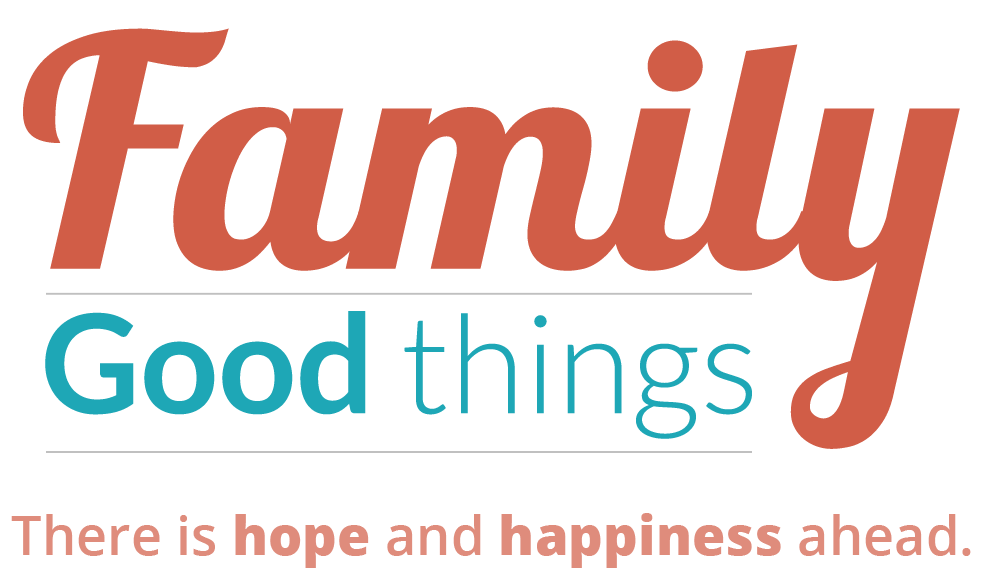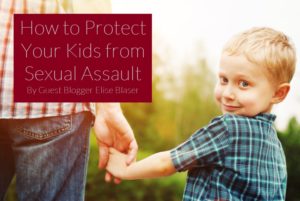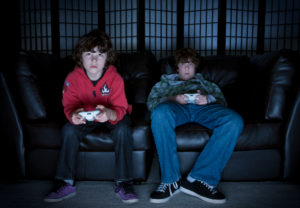No one likes to have “the talk” with their kids. You know, the sex talk. Conversations about sex can be uncomfortable for most people. But these types of conversations are critical. And talking about uncomfortable topics can be key to protecting your kids.
According to the Center for Disease Control and Prevention (CDC), one out of four girls and one out of 13 boys in the U.S. experience sexual abuse at some point in their childhood. While we may not be able to protect our kids from every bad experience, we can teach them safety and prevention measures to minimize the risk of sexual assault. It starts with having uncomfortable, critical conversations.
I truly hope your child never has to experience sexual assault. I wish it wasn’t something we need to keep on our radar. But if we pretend like it doesn’t exist, how will that teach our children to protect themselves?
What is Sexual Assault?
According to the United States Department of Justice, sexual assault is “any type of sexual contact or behavior that occurs without the explicit consent of the recipient.” If you want to learn more about what can be classified as sexual assault click here.
Sexual predators can come from any demographic, race, or religion. There is no such thing as a stereotypical profile of a sexual predator. Regardless of your socioeconomic background, we all need to be on guard.
In my 26 years, I’ve learned that non-consensual sexual encounters are so much more common than we might realize. I grew up in a highly religious and middle-class home. My family was still affected. My parents did their absolute best to protect my siblings and I from predators. But predators can be in the most unexpected places. According to RAINN, “Most victims know their assailants: 80 percent of sexual assaults are committed by someone the survivor knows, such as a neighbor, family member, or romantic partner.”
When I was very young, I was assaulted by a member of a family playgroup. Another time I was assaulted by someone who I thought was a friend at church. After having these experiences, I want to do everything in my power to protect my daughter and future children against these types of encounters.
Knowledge is power. Teaching our children how to take precautions empowers them to protect themselves from danger – especially when we are not around.
Sexual Assault Prevention Tips
The following are preventive measures that encourage sexual safety. While there is no sure way to avoid sexual assault, following these tips can cultivate open communication, help children identify wrong behavior, and create boundaries for future relationships.
Let’s teach our children to how to be safe:
1. Teach children the anatomical terms of their body.
This will let them know that talking about our bodies is not taboo and is a safe topic between the two of you. According to developmental psychologist Dr. Donna Matthews, when kids know and are comfortable using the standard terms for their private body parts, they will have one more protection against sexual abuse. Having open communication about our bodies and sexuality will encourage your child to turn to you when they are in need of advice or someone to trust and confide in.
2. Teach children to know how to identify appropriate versus inappropriate behavior.
Tell them if someone touches your “________” (any body part as discussed above) – that is unacceptable. If someone asks to see your “______” (any body part as discussed above) – that is wrong. Dr. Mary L. Pulido, executive director of The New York Society for the Prevention of Cruelty to Children, recommends sharing ideas of appropriate versus inappropriate touch. Some ideas of appropriate touch include (but are not limited to) giving a toddler a bath, changing a baby’s diaper, and getting vaccinations. An idea of inappropriate touch you may share is if someone puts their hand down your shirt or pants, that is wrong and unsafe.
3. Teach children to say (or yell), “NO!”, “STOP!”, or “STOP THAT!”
If anyone touches them in a way that makes them feel uncomfortable, tell your child to put a stop to it immediately. No matter who the perpetrator is, it’s still wrong. If they don’t feel comfortable saying “stop” or “no,” they can always say “I have to leave” and RUN AWAY. The San Diego California Police Department encourages parents to teach their children how to react in the event of a sexual assault with the following, “If avoidance is not possible tell them to make a big scene by screaming, yelling, kicking, and resisting. Their safety is more important than being polite.”
4. Clearly define boundaries.
Set boundaries with friends and family. For example, when I had friends over as a kid, I wasn’t allowed to close bedroom doors. I was also not allowed to have sleepovers with anyone who was not family. Teach your child the boundaries of privacy even within your family. When and if they refuse to give affection to friends or family members when asked, support them in that and tell them they can say ”no thank you.” This can empower them to take ownership of their bodies, fosters body autonomy, and helps them know they are not obligated to touch someone when they are asked or pressured to.
5. Urge your child to be extremely selective with their friends.
This is especially important in their tweens, teens, and young adult years when you have less of an influence on their social circle. Encourage your child to date in group settings. Invite your child and their friends to hang out at your home so you can get to know their social circle. When I was a teen, I thought group dates were a way for my parents to control me and keep me from a fun make-out sesh. Little did I know that group dates are actually the safe route for unfamiliar company, which can prevent unwanted encounters. So my parents were looking out for my best interest, as good parents do.
6. Encourage your children to trust their instincts.
If something feels “off,” it usually is. According to the Specialized Alternatives for Families & Youth (SAFY) organization, trusting your instincts is a personal right. Teach them how to identify those feelings. This may not be a very scientific prevention, but how many times has trusting your instincts lead you in the wrong direction?
Talk with Your Kids Today
Assure your child that you are a safe adult to talk to and help them identify other trusted adults they can turn to when they are feeling confused, scared, or unsafe. Why include other adults? Because even if you have built trust with your child, there’s still a chance you may not be the first person they tell if they actually do get assaulted. According to Robin Sax, a former Los Angeles prosecutor who specialized in sex crimes against children, “many children cannot bring themselves to disclose sexual abuse directly to parents,” so it’s important for them to have other trusted adults to turn to if they get assaulted (as devastating as that would be).
When should we start these conversations with our child? While each child is different, earlier is usually better. Jill Starishevsky, a child abuse and sex crimes prosecutor in New York City, encourages parents to start these conversations as early as age three. Keep in mind that young children and adolescents are a target for predators because they are more vulnerable at this stage. Start these critical conversations early so there’s more prevention than damage control.
Is there a way to spot a predator before anything happens? Unfortunately, no. It depends on the situation. There is literally so much we can worry about for our children as parents. However, these recommendations are some ways to give you peace of mind and provide tools to help your child protect themselves.
Thanks for surviving the realness. I encourage you to have these conversations ASAP, so you’re doing everything in your power to protect your precious little ones. You’ve got this!






